Connecting the Campus, Inside and Out
A campus master plan transforming living and learning on campus is the underpinning to four new buildings, now under construction
 Sasaki
Sasaki
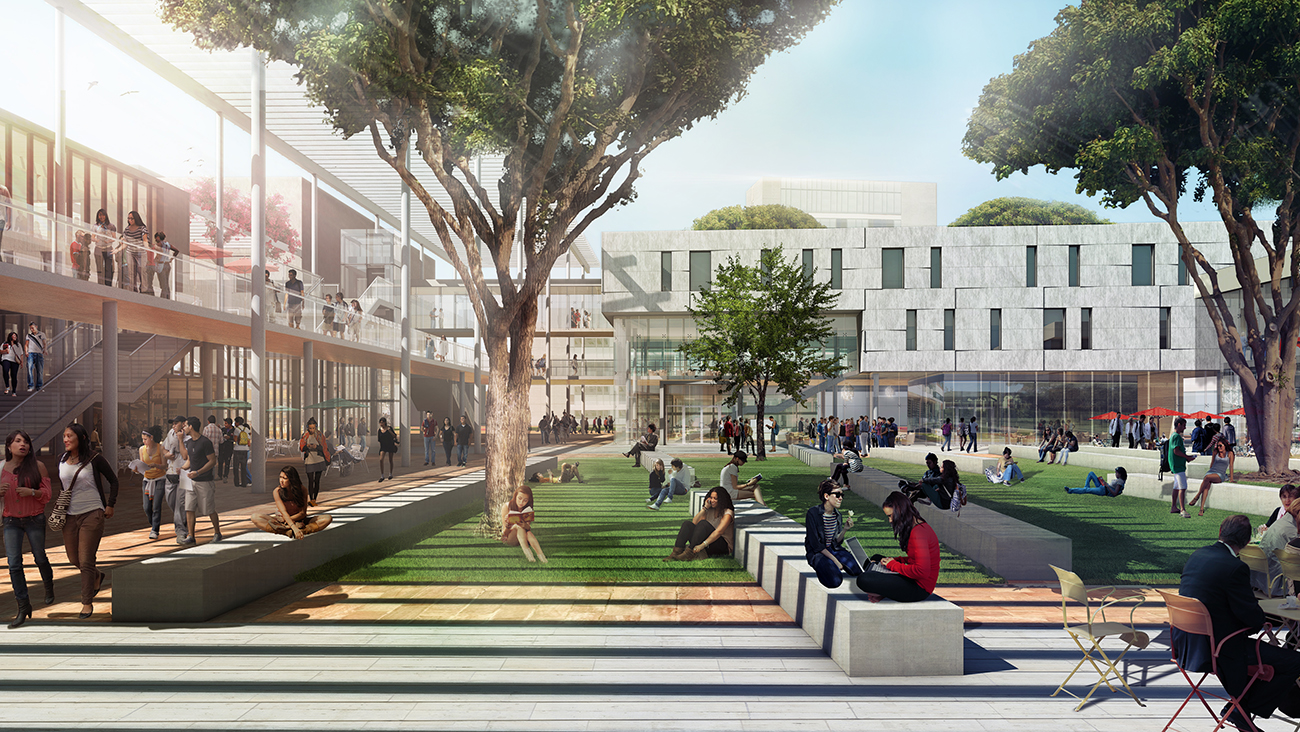
Spanning centuries and societies, institutions of higher education have long been central to the formation, growth and continued evolution of the cultures they support.
Much has been written about the accelerated pace of change across these institutions over the past twenty years. These changes continue today in many forms, dependent upon complex educational, regional, economic and social dynamics. Sasaki is currently working with many of the world’s leading institutions, both within the US and abroad, to navigate an uncertain future and capitalize on their unique academic, social, and environmental opportunities through innovative campus planning solutions.
An increased demand for higher education internationally is driving both the expansion of existing campuses and the creation of entirely new campuses for institutions in South and Latin America, Asia, and the Middle East. Many are rethinking traditional approaches to higher education. Sasaki’s master plans for these institutions are blurring the edges between the campus and the city; driving economic growth through new forms of collaboration between education and industry; and strengthening various forms of social, environmental and ecological resiliency. These plans inform, and are informed by, our current campus planning work for many preeminent colleges and universities in the US, including Case Western Reserve University, Dartmouth College, Syracuse University, Tulane University, and UT Austin, among others.
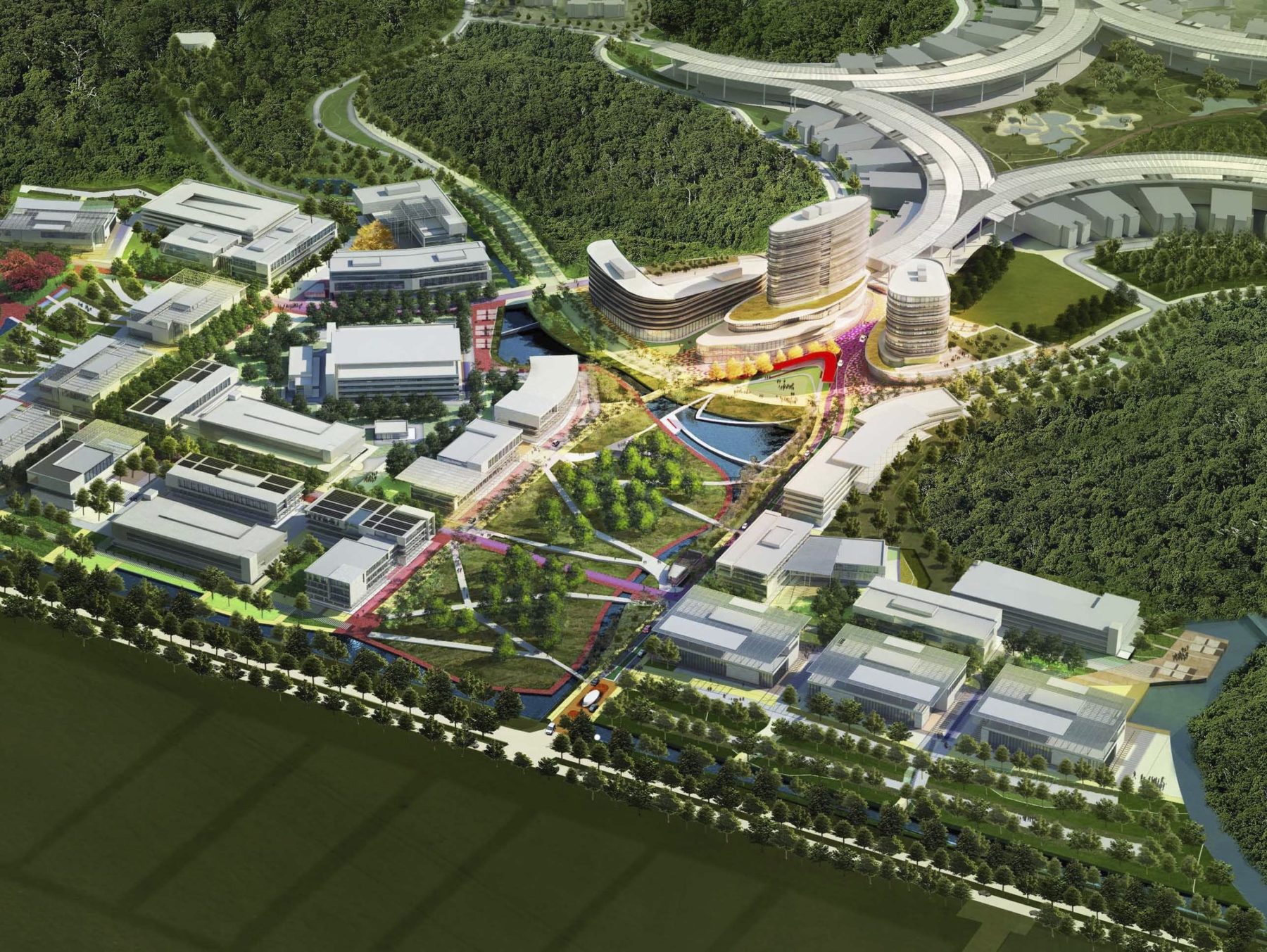
Universiti Teknologi Petronas (UTP) Master Plan, Perak, Malaysia
Many international institutions are investing in the development of their academic programs and campuses to increase student retention and combat the flight of talent to the more traditional hubs of higher education such as the US and Europe. Many universities are collaborating with the cities in which they are located to develop new research- and entrepreneurially-based academic programs to drive regional economic growth and create interdisciplinary opportunities between higher education and private industry. Through partnering with business and industry-leading companies, international universities are offering their students new innovative opportunities to develop real-world skills and to work through real-world problems. For the master planning of the Universiti Teknologi Petronas (UTP) new R&D Cluster in Malaysia, our work incorporated a partnership strategy for UTP based on an economic development plan that analyzed some of the world’s best university-anchored research districts. This resulted in creating a thriving hotbed where academic research interfaces with private industry in answering some of the biggest questions in today’s tech-driven world. Sasaki’s master plan integrates and articulates UTP’s public spaces and buildings to create “living laboratories” where ongoing innovation and invention, such as renewable energies, new modes of transportation, and new technologies, can be displayed and shared.
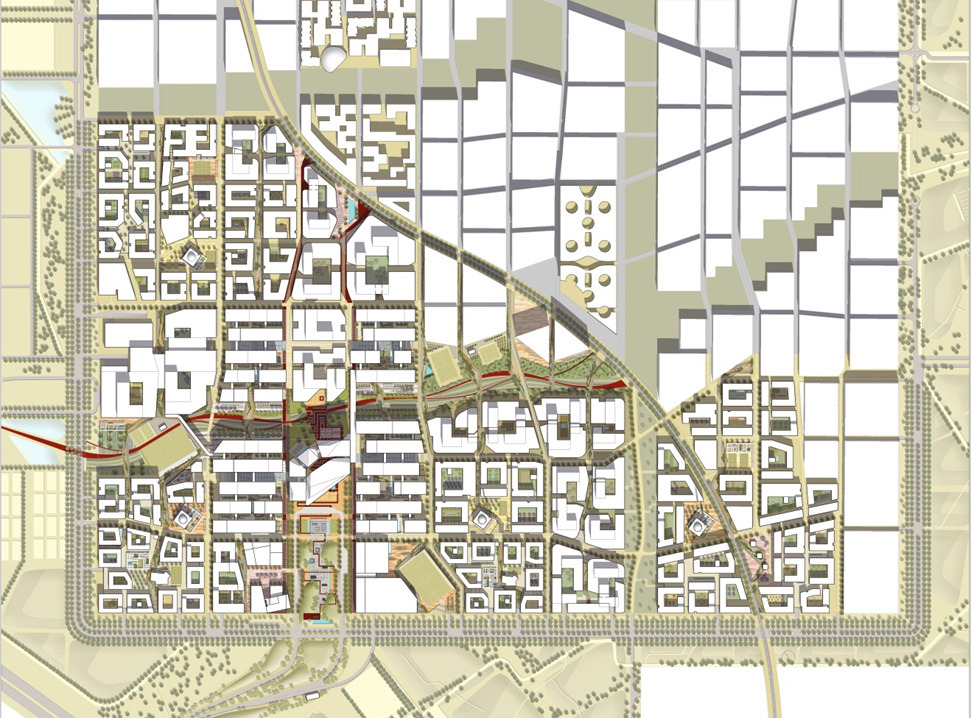
Khalifa University of Science, Technology and Research Master Plan, Abu Dhabi, UAE
Along with elevating the level of education delivered, these partnerships are driving economic and cultural expansions for the campus as well as the surrounding areas. Central to the mission of the Khalifa University of Science, Technology and Research (KUSTAR), a new university in Abu Dhabi, UAE for which Sasaki completed the master plan, is answering the question of what a post-oil economy will look like for the UAE—home to the world’s fourth-largest oil reserves. As an integral part of Masdar (a brand new city designed with sustainability as its defining feature), students at KUSTAR live, in essence, inside their own experiment. Interacting with and learning from cutting-edge advancements in technology industries informs not only the quality of their education, but leads them to achieve real-world results.
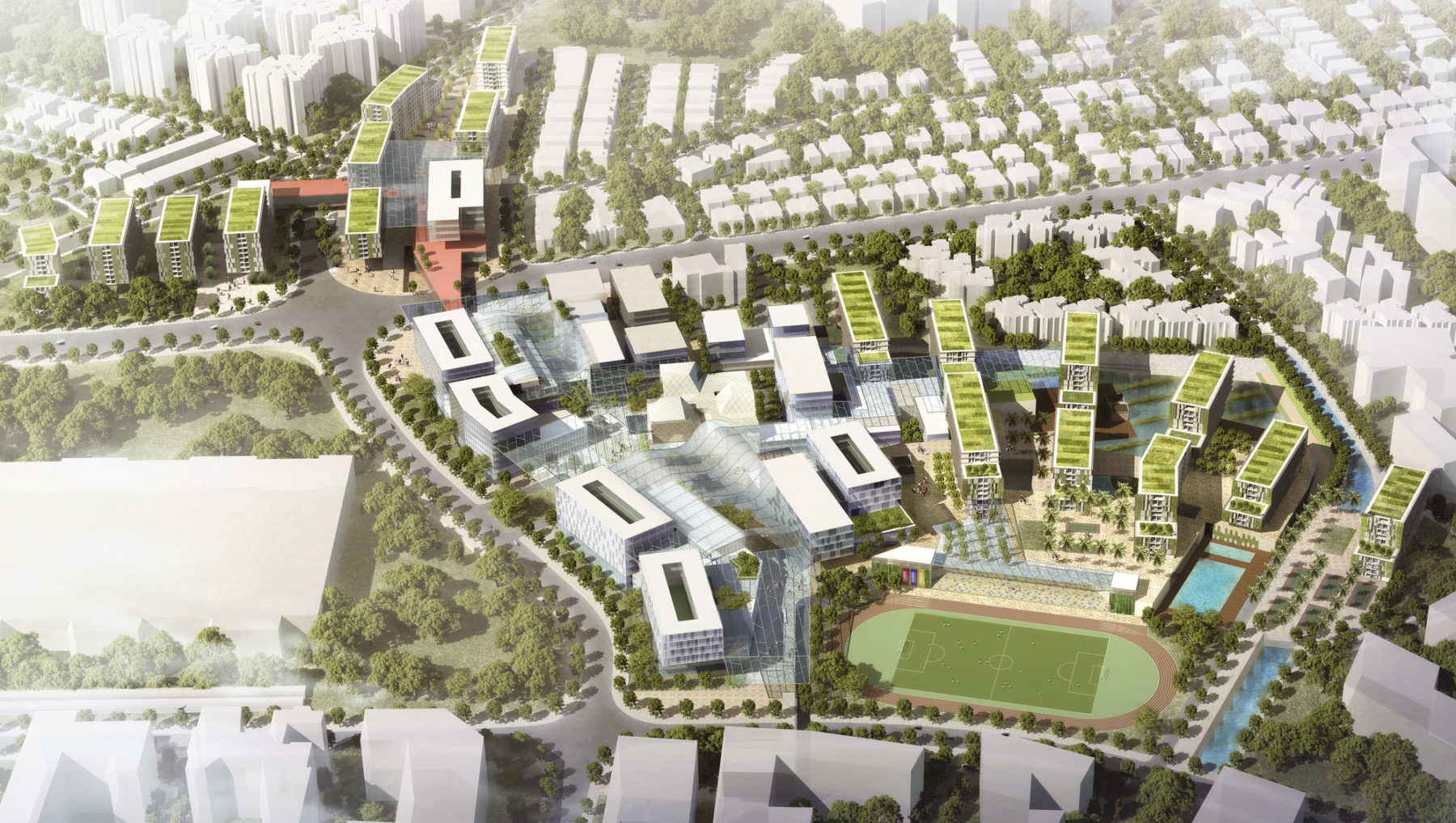
Singapore University of Technology and Design (SUTD) Master Plan, Singapore
Sasaki’s master plan for the Singapore University of Technology and Design (SUTD) defines a new university campus with a cutting-edge curriculum developed through a partnership with MIT. With the aim of blending more traditional fields of architecture and engineering with the contemporary innovations found in information systems, technology, and product development, SUTD stands as a premier 21st Century university that brings many of the lessons learned by one of the world’s finest and established cornerstones of technology and research to bold and dynamic Singapore. The visionary campus framework establishes a pedestrian spine that links multi-functional and interconnected academic buildings and creates interconnections between the campus and the city. Student life facilities are integrated into the urban fabric connected through a range of public spaces and pedestrian links. The new campus opened in January 2015.
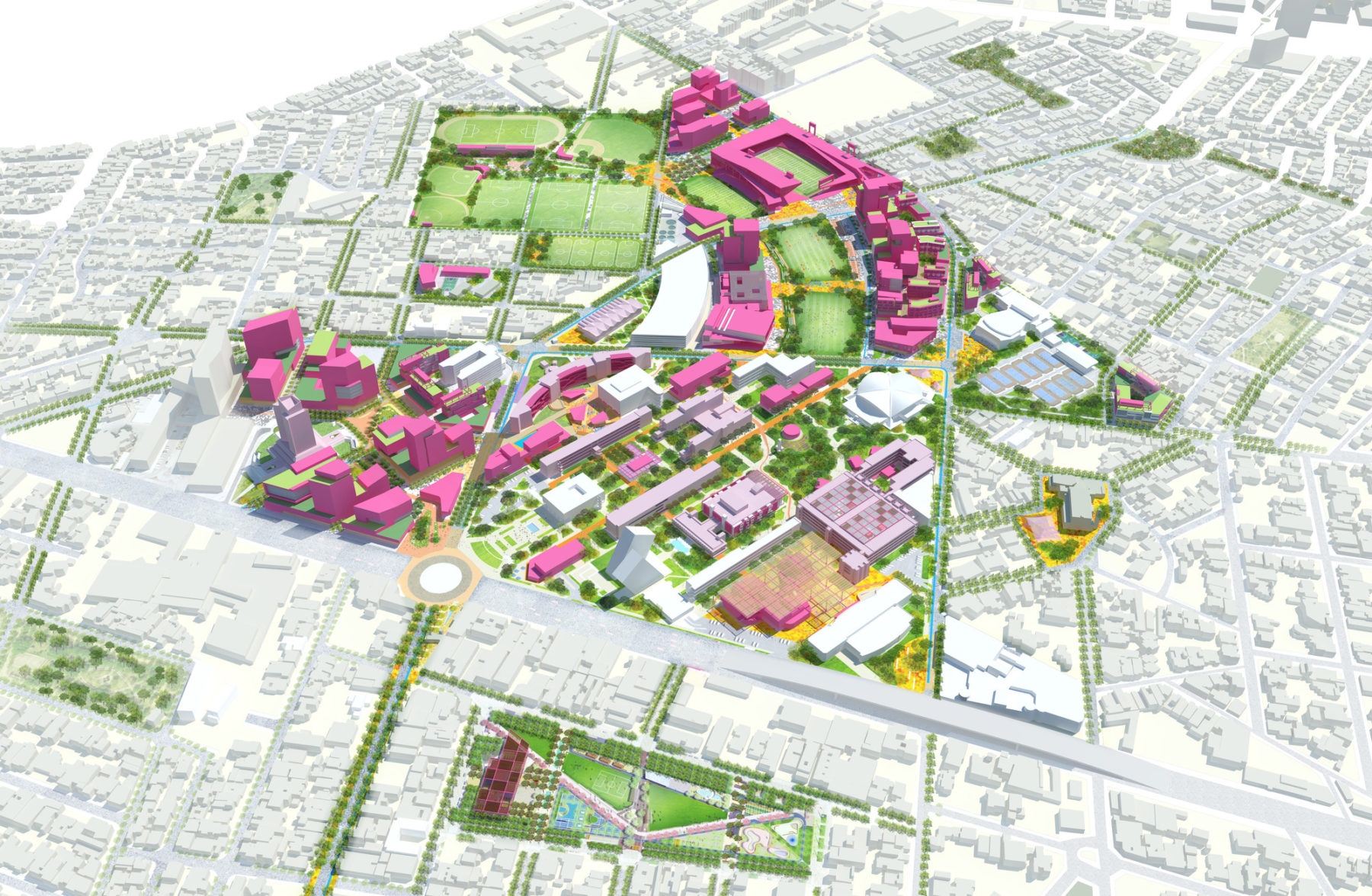
Tecnológico de Monterrey Urban Regeneration Plan, Monterrey, Mexico
Winner of multiple regional, national and international planning awards, the Tecnológico de Monterrey Urban Regeneration Plan sets the stage for a multi-faceted approach to achieving the university’s goal of becoming the leading higher education institution in Latin America. Monterrey Tec is the flagship of Mexico’s largest private university system, which comprises 31 campuses. It is already a national leader in many areas, including biotech and engineering, and the university has committed to expanding their capacity for research partnerships with the private sector by optimizing their landholdings. The plan establishes a framework for the long-term evolution of the campus and adjoining neighborhoods—it is a catalyst for collaborative and interdisciplinary learning and problem-solving, where many forms of academic, social and economic engagement come together to create a unique and holistic experience. The Monterrey Tec master plan shares similarities with Sasaki’s University of Texas at Austin Master Plan in emphasizing the importance of reaching beyond the campus core to its adjacent neighborhoods. Central to the UT Austin master plan is the framework for the Medical District that interfaces with the neighboring Texas Capital District as well as an emerging medical and technology innovation district that currently acts as the bridge for the campus to downtown.
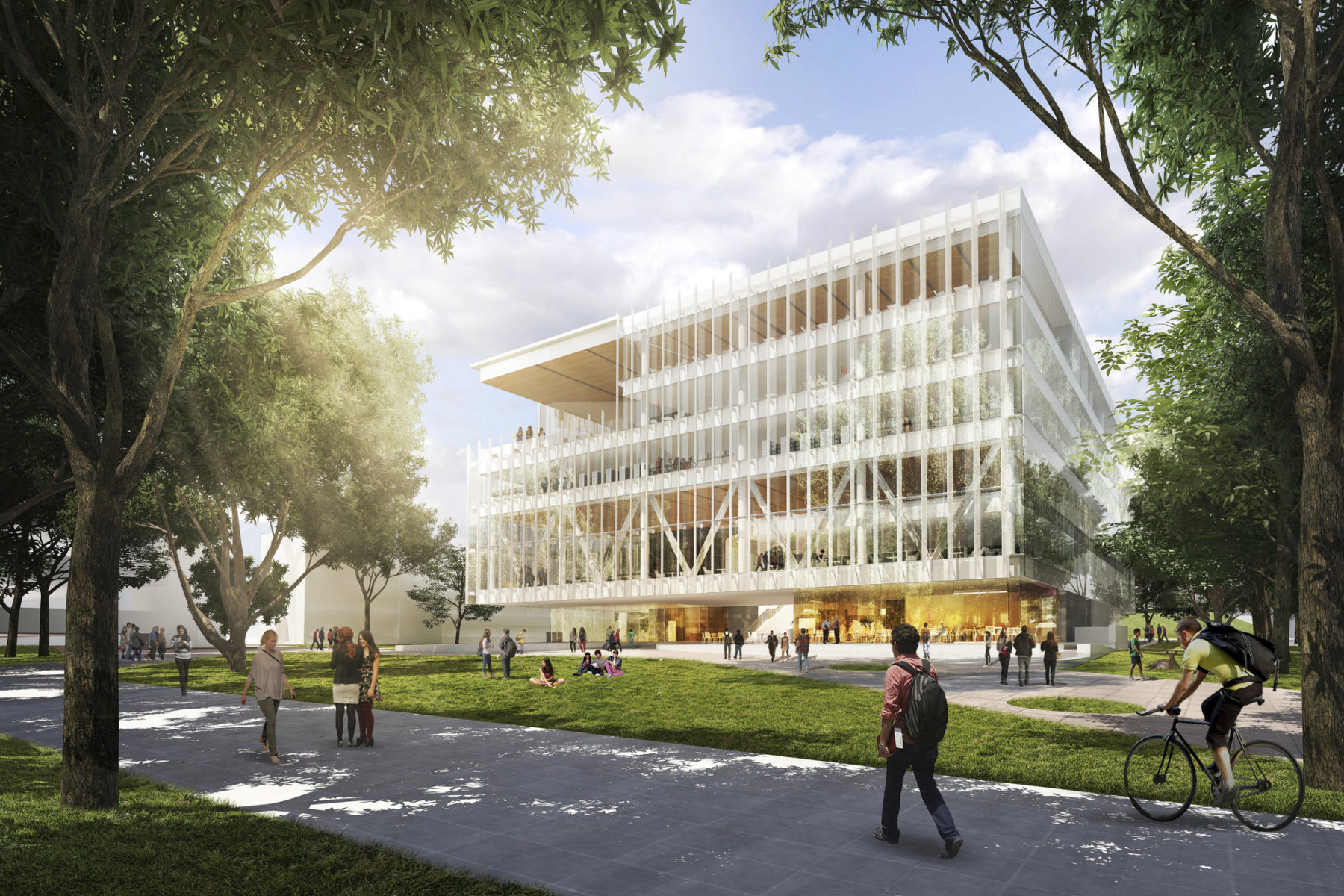
Tecnológico de Monterrey Library, designed by Sasaki
A common thread among Sasaki’s campus master plans is efficacy and direct translatable value created by our multi-disciplinary approach. Planners, urban designers, architects, landscape architects, civil engineers, and transportation planners all collaborate under one roof to produce visionary plans grounded in the realities of implementation. The Monterrey Tec plan exemplifies this approach. The first phase is currently being implemented, and includes the New Main Library, the La Caretta Meeting Building, a new 12,000 seat stadium, and a new Recreation and Wellness Center—all Sasaki-designed. These four projects will support the Monterrey Tec community intellectually, socially, and physically—mirroring the university’s dedication to integrated learning.
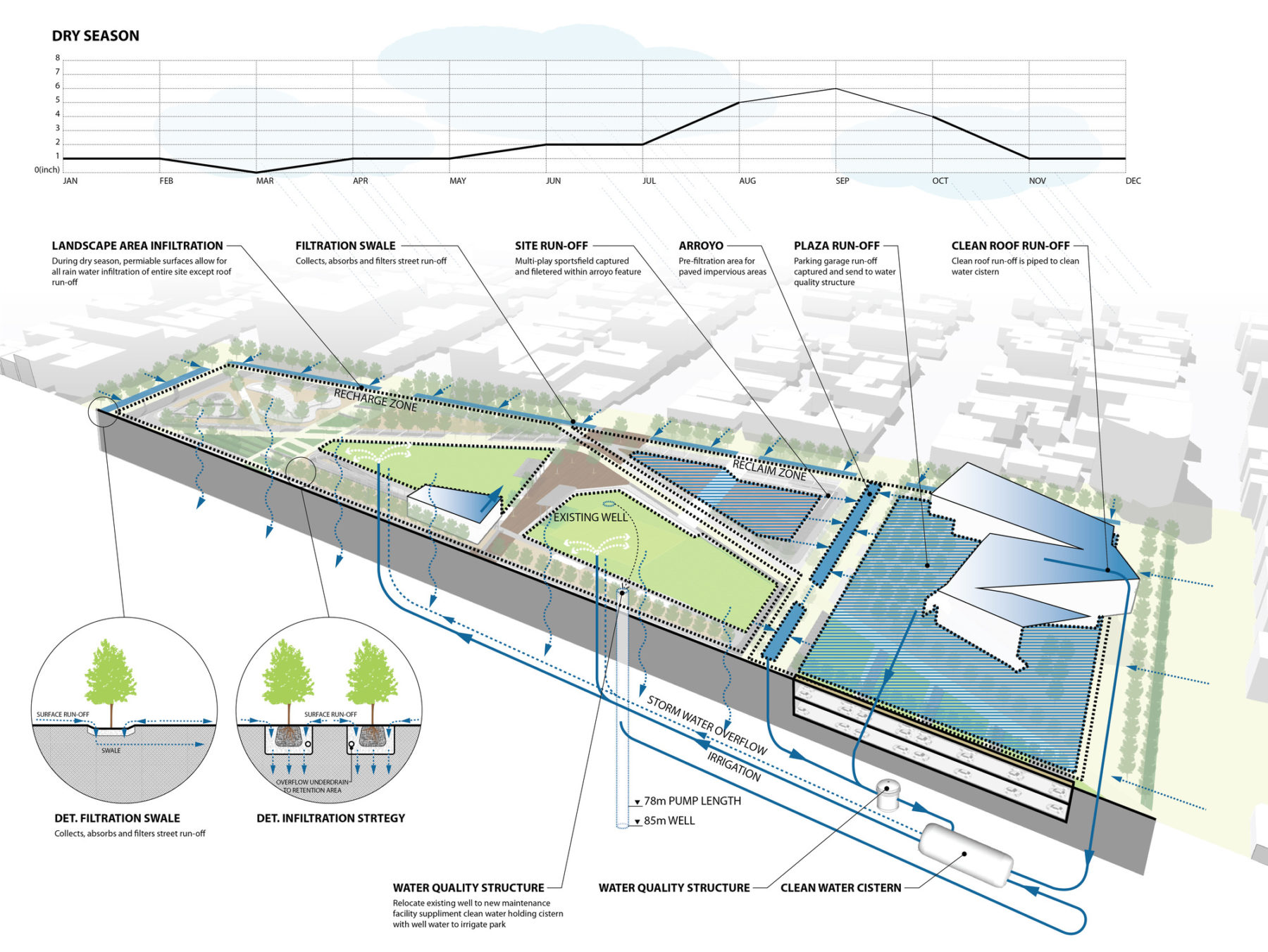
Tecnológico de Monterrey section diagrams of stormwater management system in the dry season…
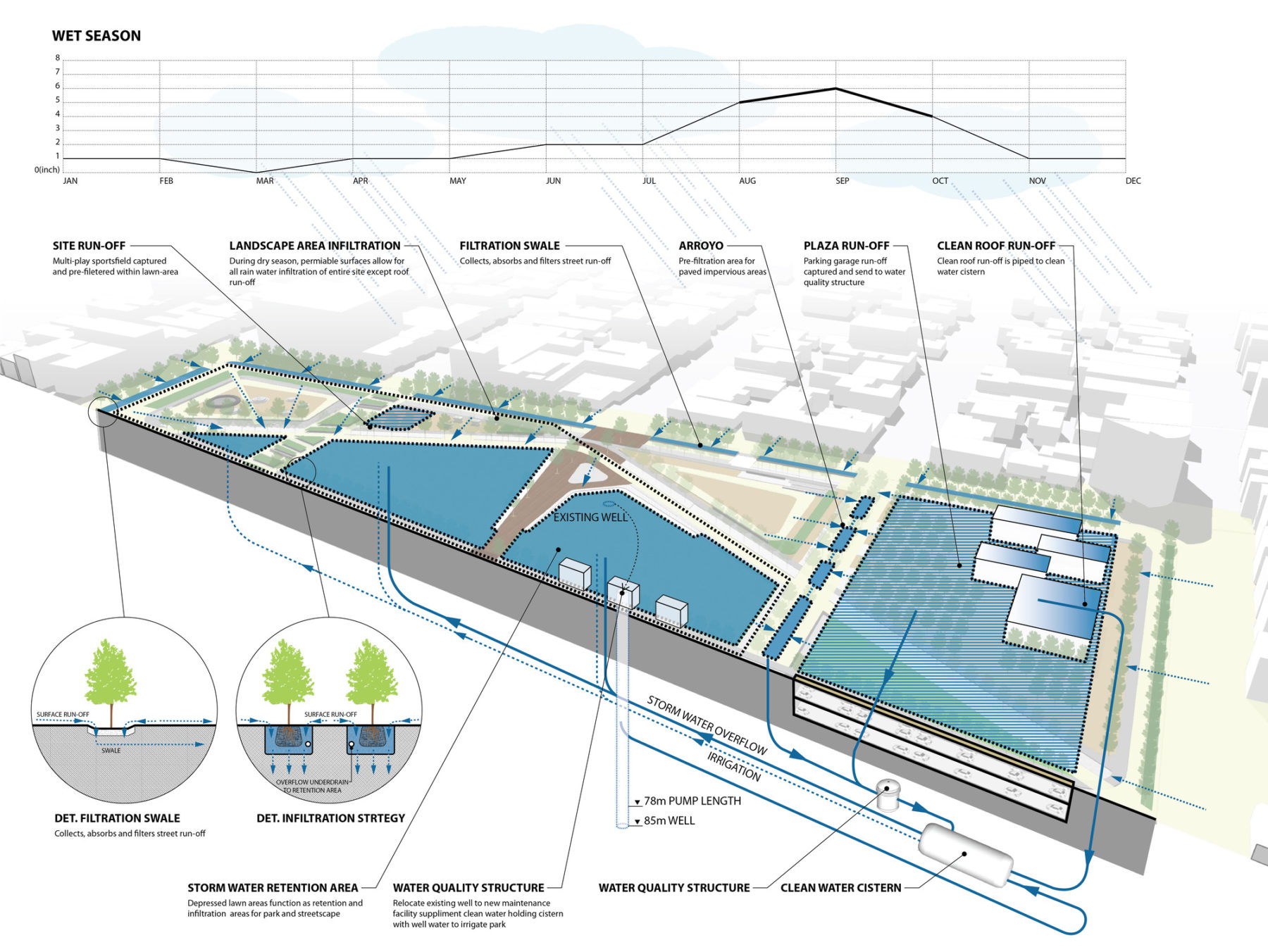
…and in the wet season
Many of the international universities we work with are located in densely-populated areas that have lost much of their park and open green space to urbanization. As part of the master planning process, we look for ways to strengthen the campus fabric through the creation of a strong public realm as well as providing new linkages between the campus and community. The urban campus can become the de facto “green oasis” from the bustle of city life, while also exploring further implementation of sustainable and ecologically-sound practices and designs. Creating strong connections with the surrounding city areas strengthen campus/community relationships and can become a catalyst for community revitalization. Part of the Monterrey Tec master plan, Parque Tecnologico transforms a 2.4 hectare park adjacent to campus, due to years of disinvestment, had become perceived as unsafe by students and the community. The master plan recasts the park as a major pedestrian connection between the Monterrey Tec campus and the neighborhood, and as a central gathering space for the district, its residents and visitors.
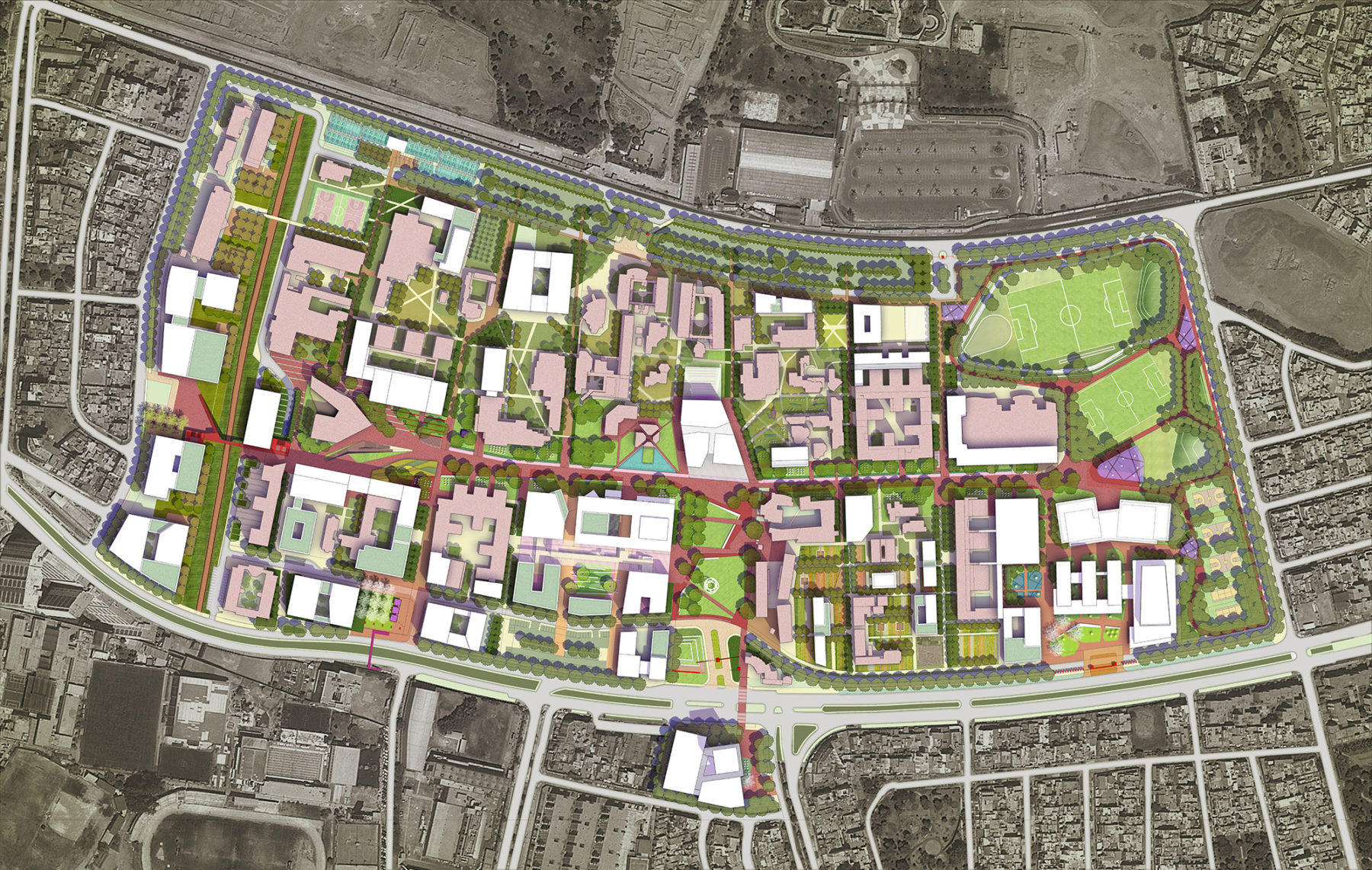
Pontificia Universidad Católica del Perú (PUCP) Master Plan, Lima, Peru
Located in Lima, Peru, the Pontificia Universidad Católica del Perú (PUCP) is one such urban oasis. Our master plan provided a 25-year development plan intended to guide the exponential growth of the university’s academic platform, using the foundation of the existing campus structure.
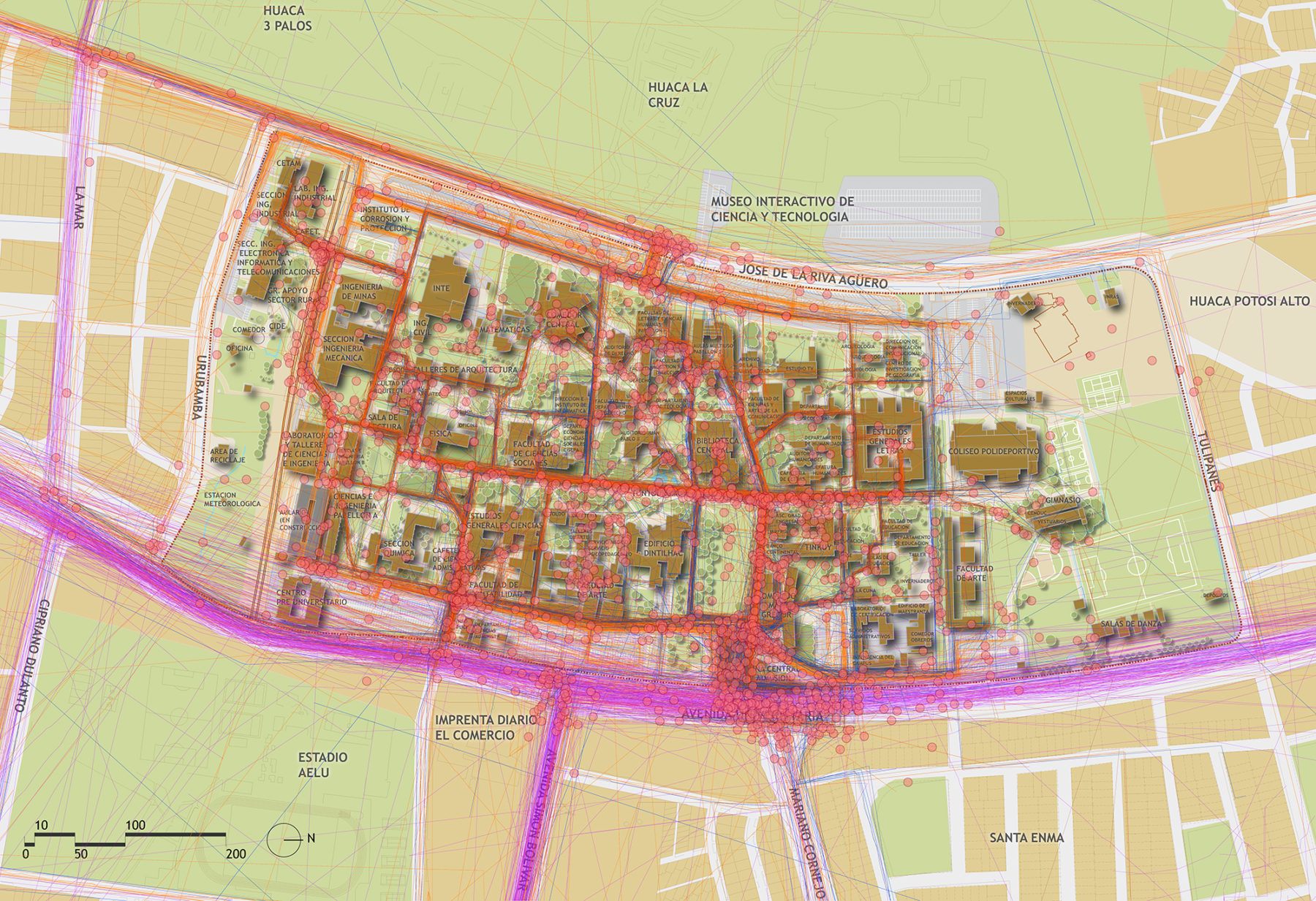
Pontificia Universidad Católica del Perú (PUCP) data visualization using Sasaki’s proprietary MyCampus campus usage mapping software
The plan worked with the campus’ existing north-south orientation to establish “nodes” (collaboration and trans-disciplinary hubs combining teaching and research spaces, student life and wellness programs, and advising, working and meeting spaces for faculty). These nodes are linked through intuitive circulation routes and feature several civic gateways to neighboring urban areas. Diminishing the disconnect between PUCP’s campus and the surrounding community increases the sense of pride in the university by both the students and citizens of Lima.
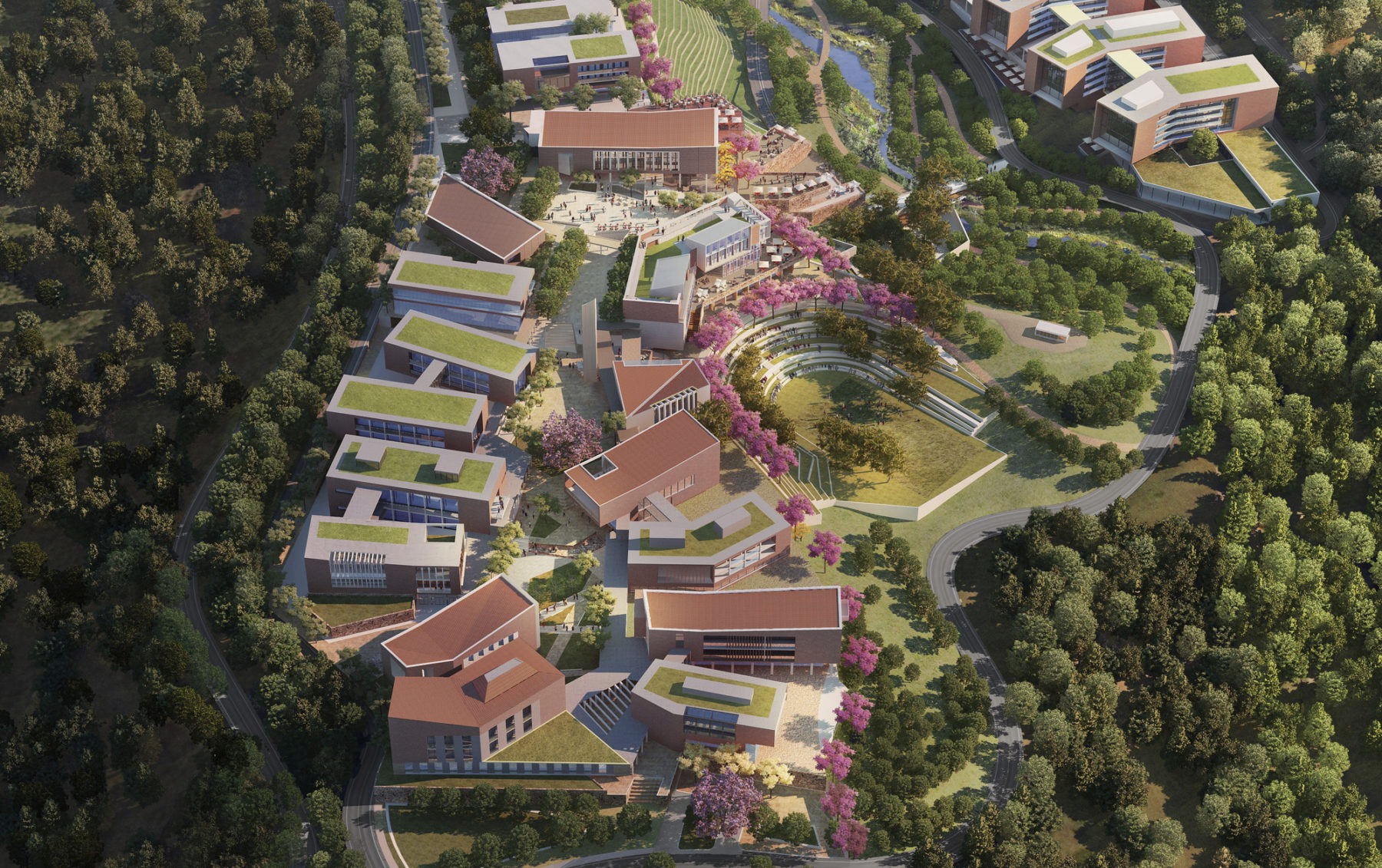
Universidad del Istmo Master Plan, Guatemala City, Guatemala
In addition to providing the community and students a restful green space, campuses are important players in the larger conversation of sustainability and ecological resiliency. The master plan for the Universidad Del Istmo, a new campus located in a small but growing community in Guatemala, responds to the ecology of the site to minimize the impact of the campus on the surrounding area. Through careful positioning and orientation of buildings, the campus maximizes natural ventilation and daylighting – representing a dramatic cut in energy use. The campus is strategically positioned along the ridge of a valley that separates the new university campus from the future site university’s teaching hospital. Both developments, combined with the valley and its watershed, composed of seasonal streams and springs, are part of a comprehensive stormwater management system that regulates the flow of water during the rainy seasons and helps preserve the landscape of the ridges while preventing the erosion of the land. The string of public spaces and bridges between campus and hospital areas will become key connection points between the university and the surrounding community of Santa Isabel while maintaining the ecological functionality of the valley.
The unique, complex challenges and opportunities facing the world’s leading institutions demand innovative planning solutions with tangible, impactful and realistic near-term and long-term implementation strategies. Whether in Singapore or Syracuse, Sasaki’s campus master plans are at once broad and deep, visionary and practical, in maximizing the academic, social, environmental and economic opportunities specific to each place.
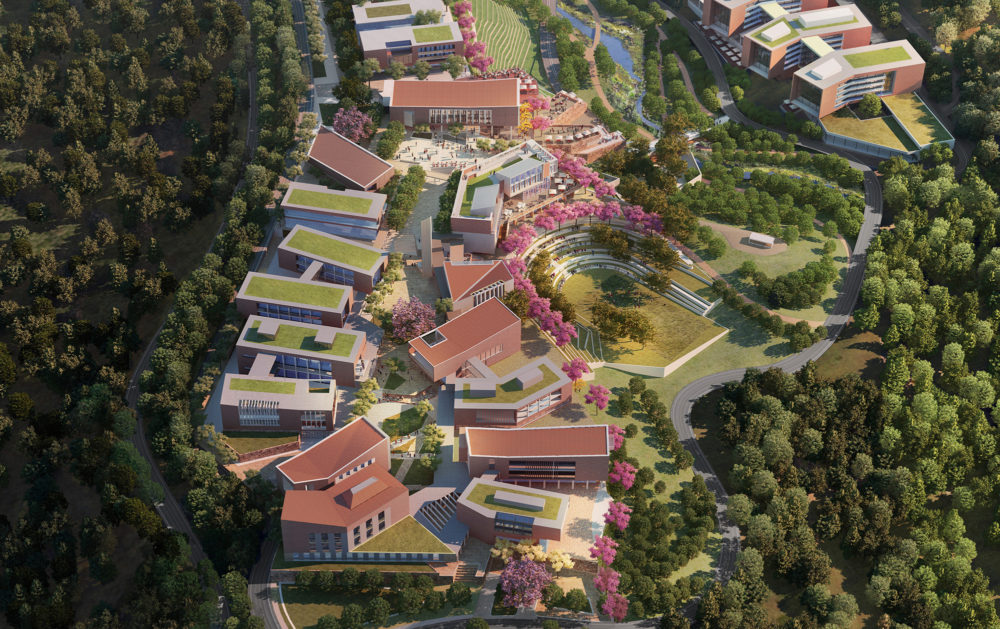
Fraijanes, Guatemala
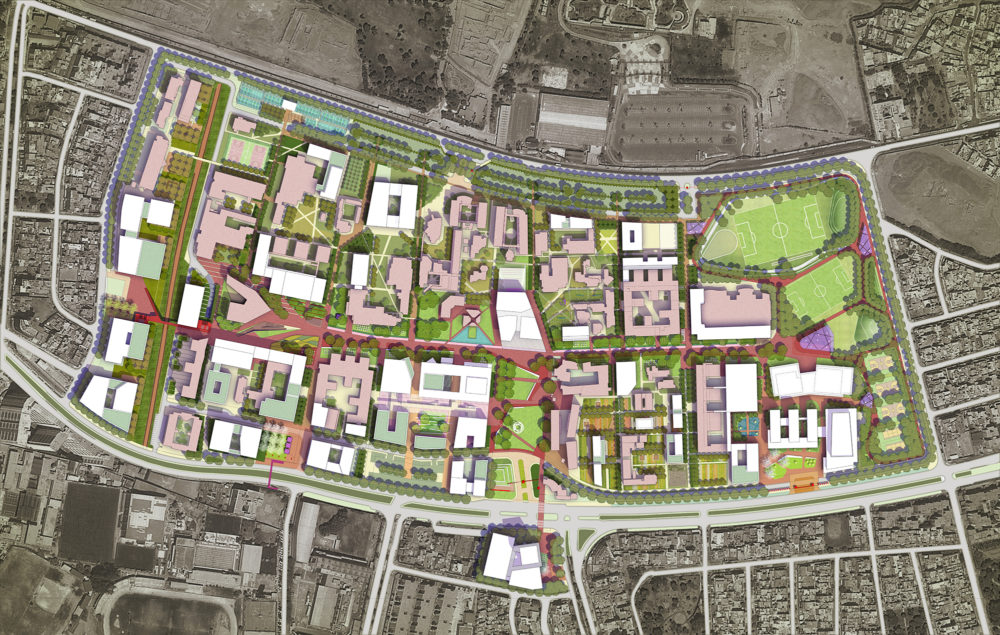
San Miguel, Lima, Perú
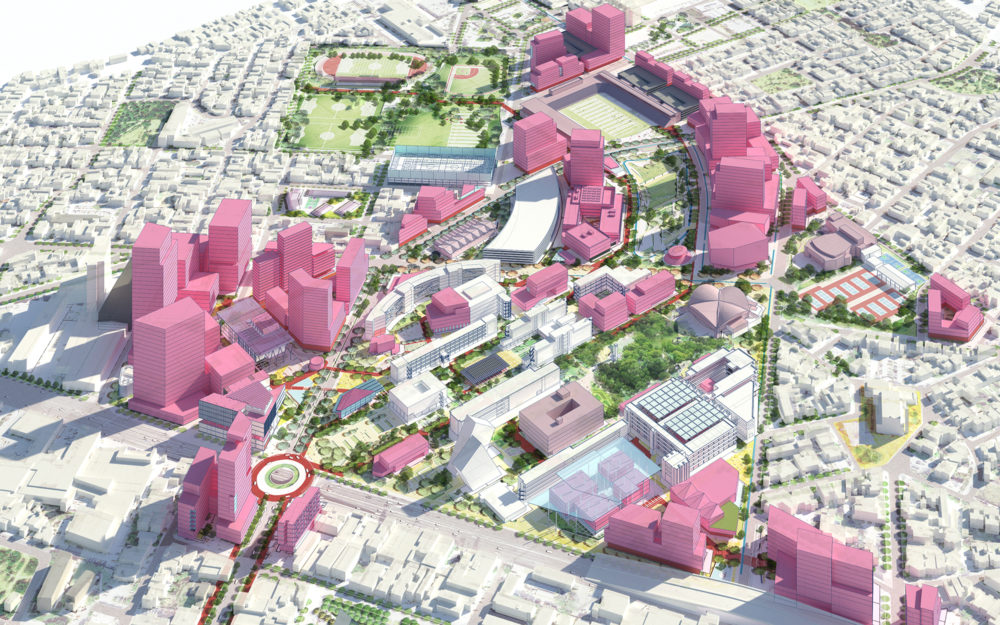
Monterrey, Nuevo Leon, Mexico
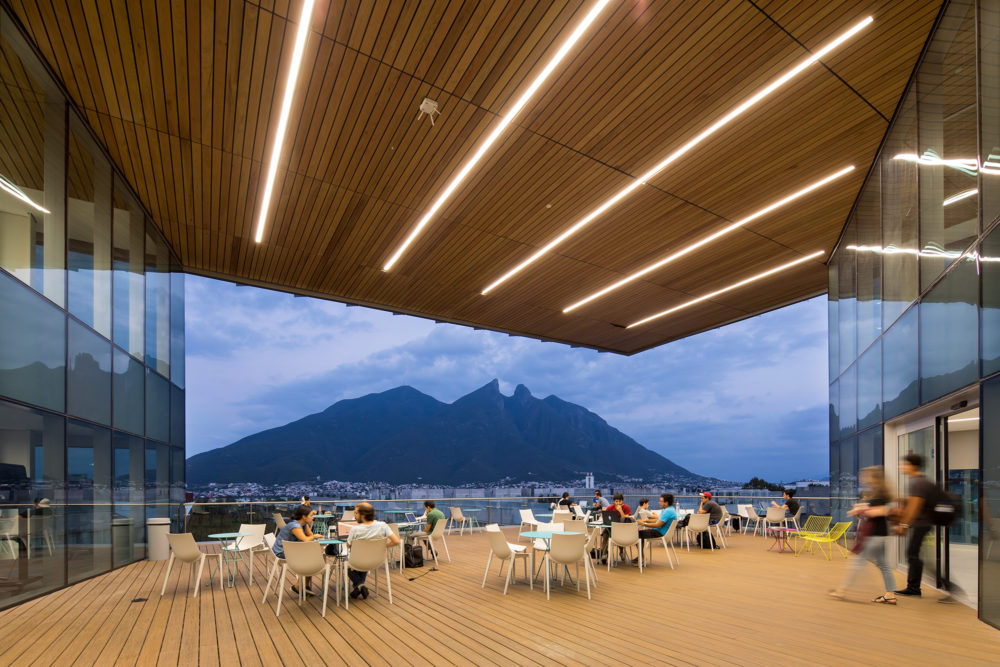
Monterrey, Nuevo Leon, Mexico
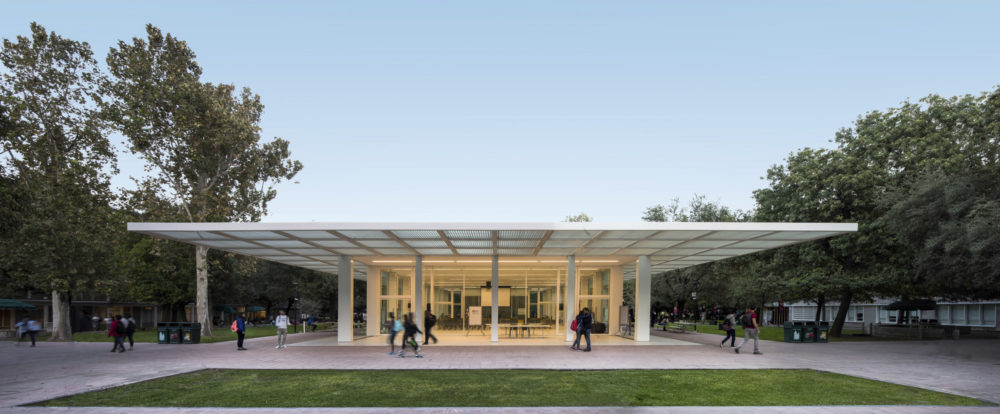
Monterrey, Nuevo Leon, Mexico
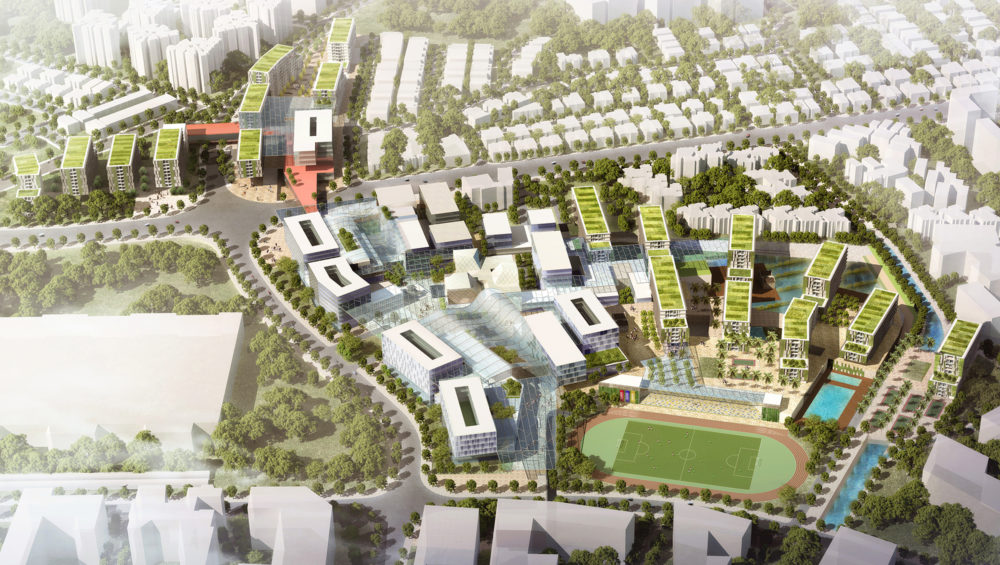
Singapore
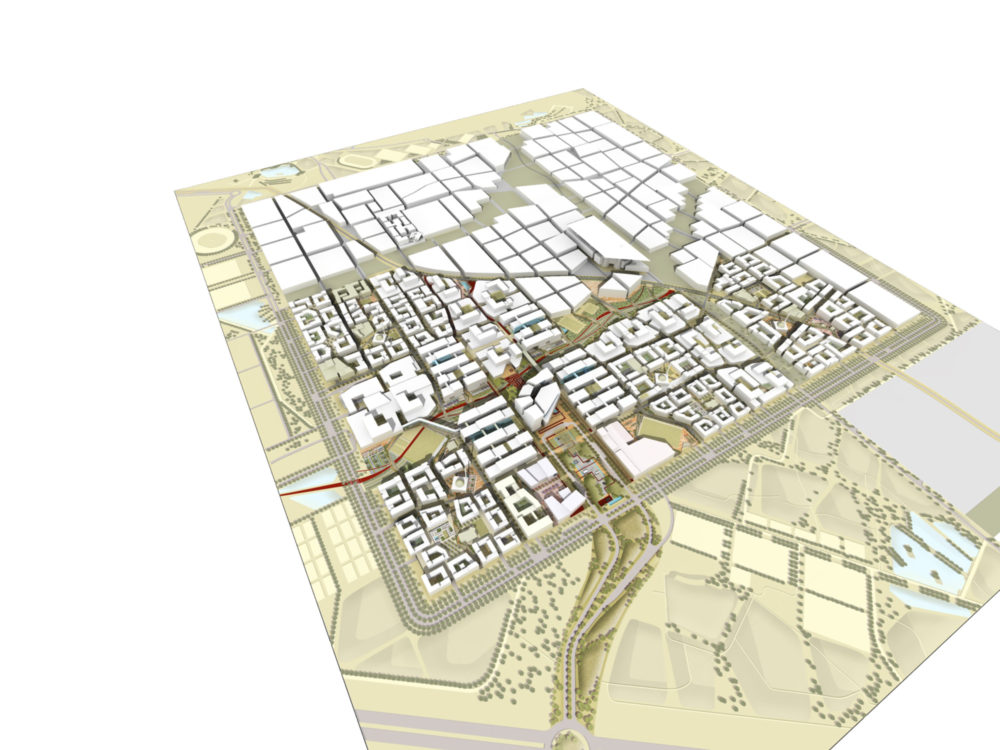
Abu Dhabi, United Arab Emirates
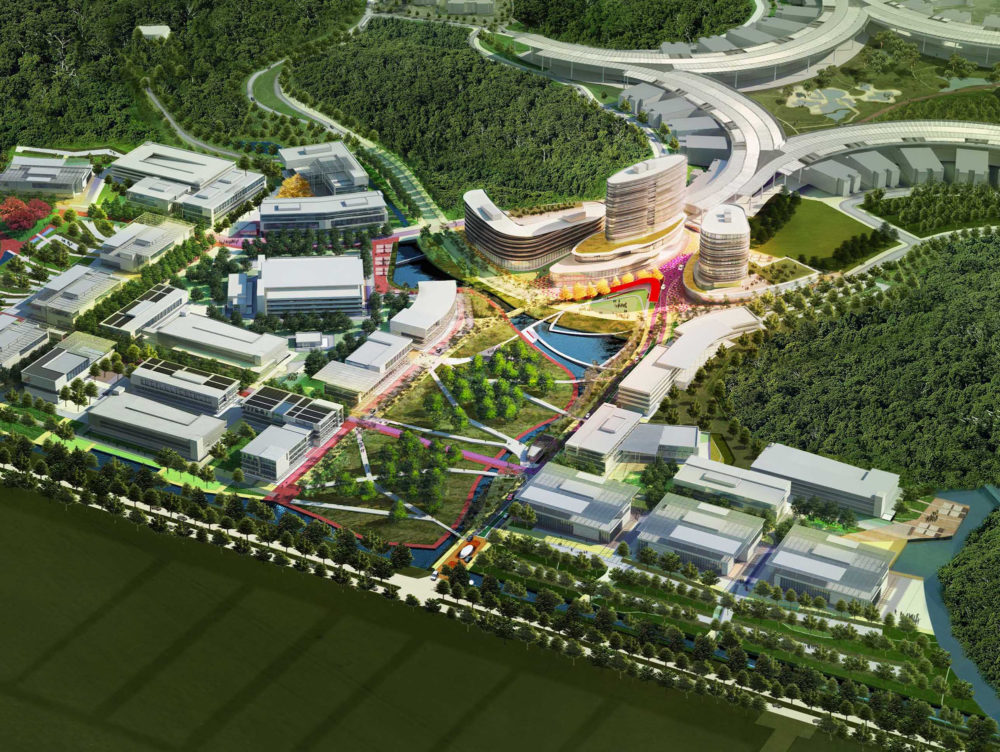
Bandar Seri Iskandar, Malaysia